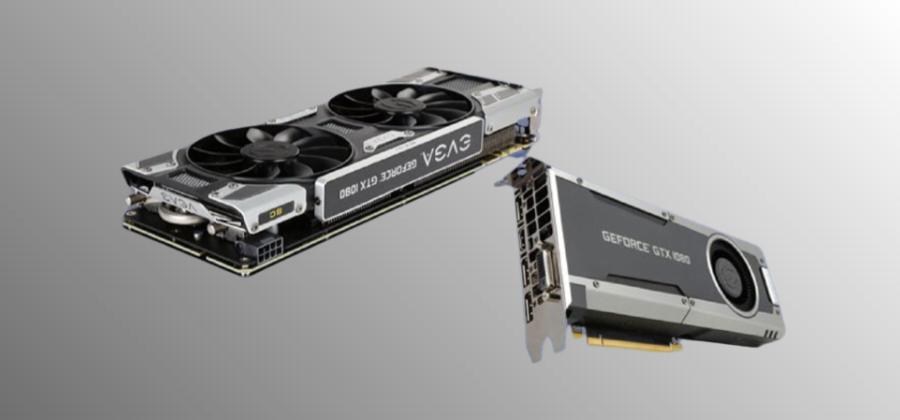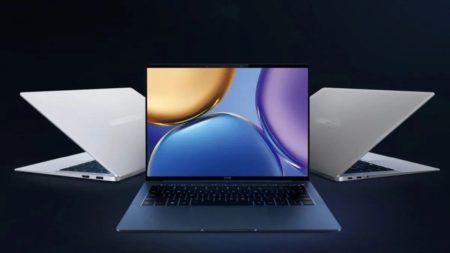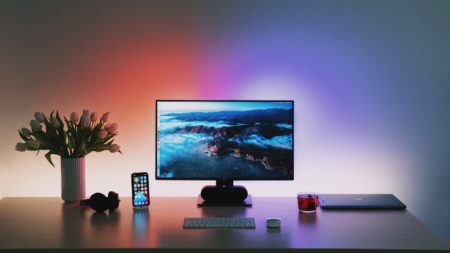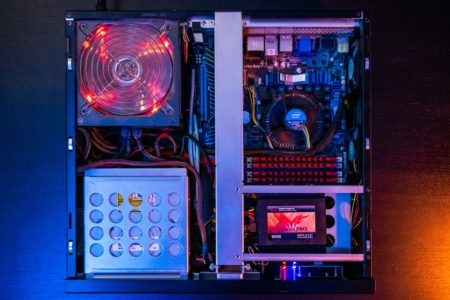A motherboard, also known as a mainboard or system board, is the primary printed circuit board (PCB) found in most computers. It is the central hub that connects all the components of a computer, allowing them to communicate with each other and function as a single unit. The motherboard is a platform for the CPU, RAM, storage devices, expansion cards, and other peripherals. This article is about how to install drivers for motherboard.
The motherboard also contains various controllers and chips that manage the different components and functions of the computer. These include the chipset, which controls the communication between the CPU, RAM, and other components, as well as the BIOS (Basic Input/Output System), which provides the initial instructions that allow the computer to boot up.
The motherboard is a crucial component in any computer system, providing the necessary connections and functionality for all the other components to work together. Its size, shape, and features can vary depending on the form factor and intended use, but all motherboards share the same fundamental purpose: to act as the central hub for all the computer’s components.
The drivers of a motherboard are an essential part of the operating system and play a critical role in ensuring that all of the components on the motherboard function properly. Drivers are small software programs that allow the operating system to communicate with the hardware devices installed on the motherboard, such as the CPU, RAM, storage devices, and peripherals.

Importance of Drivers
Here are some reasons why drivers are important for a motherboard:
- Ensuring proper hardware functionality: Each motherboard component requires a specific driver to function correctly. With the correct driver, the hardware device may work properly or may not work at all. For example, the computer may only produce sound if the sound card driver is installed correctly.
- Improving system stability: Correctly installed drivers help to ensure that the operating system runs smoothly and that hardware devices work together seamlessly. This reduces the likelihood of system crashes, freezes, and other stability issues if drivers are outdated or not installed.
- Enhancing performance: Newer drivers can often improve the performance of hardware devices, such as the graphics card or network adapter. This can result in better gaming experiences, faster internet speeds, and smoother video playback.
- Keeping up with new technology: Motherboard drivers are regularly updated to support new hardware technologies and fix any bugs or issues. By keeping up with driver updates, users can ensure that their computer system stays compatible with the latest hardware and software.
Motherboard drivers are essential for proper hardware functionality, system stability, and performance. They help ensure that all motherboard components work together seamlessly and that the computer system is optimized for the latest hardware technologies.
How to Install drivers for motherboard
Installing motherboard drivers is important in setting up a new computer or upgrading an existing system. Motherboard drivers are software programs that allow the operating system to communicate with the various components on the motherboard, such as the CPU, RAM, storage devices, and peripherals. Here is a step-by-step guide on how to install motherboard drivers:
Step 1: Identify your motherboard model
The first step in installing motherboard drivers is to identify the model of your motherboard. The easiest way to do this is to check the documentation on your computer or motherboard. You can usually find the model number printed on the motherboard if you need the documentation.
Step 2: Download the latest drivers
Once you have identified the model of your motherboard, you can download the latest drivers from the manufacturer’s website. Most manufacturers have a support section on their website where you can find the latest drivers for your motherboard.
Step 3: Unzip the downloaded file
After downloading the driver file, unzip it to a temporary folder on your computer. To do this, right-click on the downloaded file and select “Extract All.”
Step 4: Install the drivers
You need to run the setup program included in the driver package to install the drivers. To do this, double-click on the setup file and follow the on-screen instructions. The setup program will guide you through the installation process, which usually involves accepting the license agreement, choosing a destination folder, and selecting the components to be installed.
Step 5: Restart your computer
After installing the drivers, it is recommended to restart your computer. This will ensure the drivers are properly installed, and the changes take effect.
Step 6: Verify the installation
Once your computer has restarted, you can verify that the drivers are properly installed by checking the Device Manager in Windows. To do this, open the Start menu and search “Device Manager.” In the Device Manager, you should see all components on your motherboard listed under “System Devices” or “Other Devices.” If there are any components with a yellow exclamation mark, it indicates that there is a problem with the driver installation.
In conclusion, installing motherboard drivers is important in setting up a new computer or upgrading an existing system. By following these simple steps, you can ensure that your computer is running smoothly and that all of the components on your motherboard are functioning properly. Always download the latest drivers from the manufacturer’s website to ensure compatibility with your operating system and hardware.
Frequently Asked Questions
What if I encounter problems during the installation of motherboard drivers?
If you encounter problems installing motherboard drivers, you can try downloading and installing the drivers again. You can also check the manufacturer’s website for troubleshooting tips and support resources. If the problem persists, you may need assistance from a professional computer technician.
Can I install motherboard drivers on a Mac?
Motherboard drivers are explicitly designed for Windows-based computers and incompatible with Macs. Mac drivers are typically included in the operating system or can be downloaded from the Mac manufacturer’s website.
Do I need to update my motherboard drivers regularly?
It is generally only necessary to update your motherboard drivers if you are experiencing issues or upgrading your hardware. However, periodically checking for updates on the manufacturer’s website is always a good idea to ensure your system is optimized for the latest technologies.
How do I uninstall motherboard drivers?
To uninstall motherboard drivers, open the Device Manager in Windows and locate the component you want to uninstall. Right-click on the component and select “Uninstall.” Follow the on-screen instructions to complete the uninstallation process.









